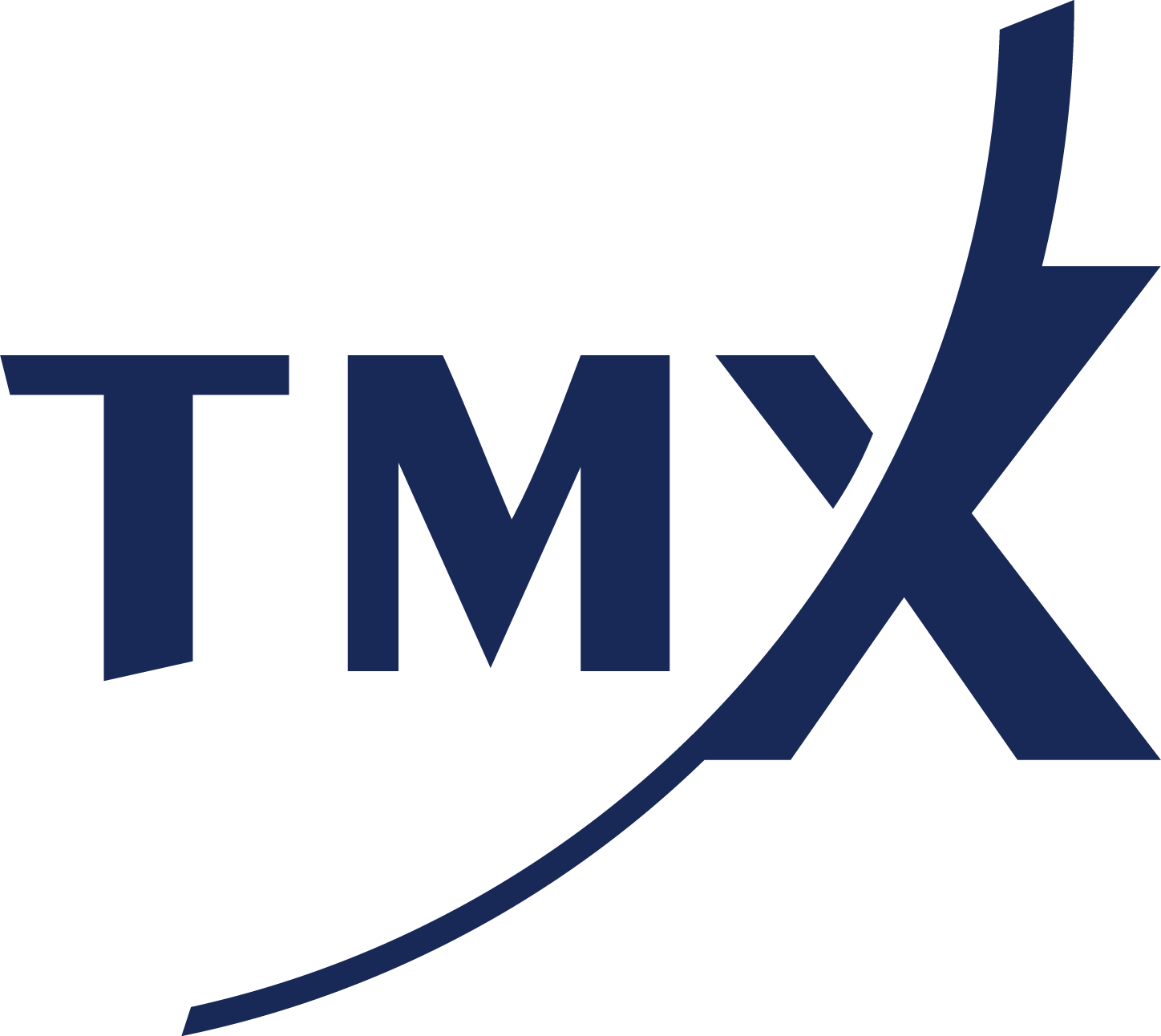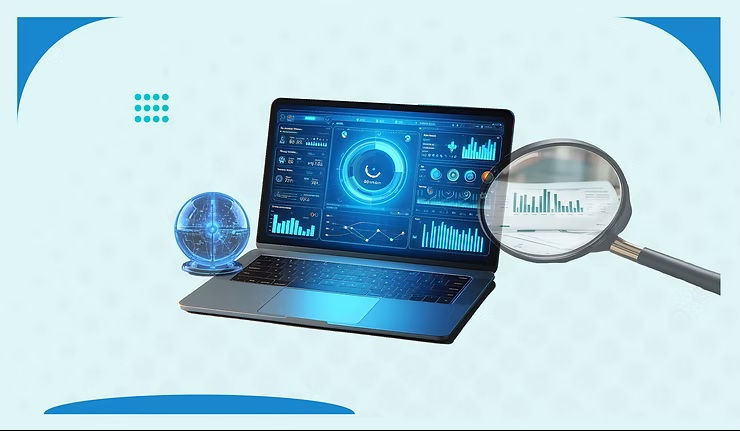PR Glossary: 30 Key Terms and Insights Every Professional Should Know
- Melissa Strle

- Feb 28, 2024
- 6 min read
Updated: Apr 8, 2024

Dive into the dynamic world of Public Relations with this essential PR glossary. Tailored for you, the PR pro, it breaks down key terms and strategies, from crafting effective press releases to mastering social media monitoring.
This guide is your shortcut to navigating the PR landscape with confidence, offering clear benefits and insights to elevate your campaigns and engage your audience more effectively. Let this glossary be your foundation for success in the fast-paced world of PR.
Understanding PR & IR Basics
1. What is a Press Release?
A press release (also known as a news release) is an official statement issued by an organization to announce news, events, product launches, or other relevant information. It serves as a communication tool to reach journalists, media outlets, and the public.
2. What is Media Monitoring?
Media monitoring involves systematically tracking and analyzing media content (such as news articles, social media posts, and broadcast segments) related to a specific brand, industry, or topic. It helps organizations stay informed about their reputation, competitors, and industry trends.
Media monitoring tools scan various sources (print, online, social media, TV, radio) for mentions of specific keywords or brands. PR professionals use this data to assess sentiment, measure reach, identify emerging issues, and adjust communication strategies accordingly.
3. How Do You Measure Media Coverage?
Measuring media coverage involves quantifying the impact and visibility of PR efforts. Key metrics include:
Reach: The number of people exposed to a piece of media.
Impressions: The total potential views of media content.
Sentiment Analysis: Assessing whether coverage is positive, negative, or neutral.
4. What is Social Media Monitoring?
Social media monitoring involves tracking brand mentions, conversations, and sentiment across social platforms (Twitter, Facebook, LinkedIn etc.). It helps PR professionals understand trends and public perception, engage with audiences, and address issues promptly.
5. What is User Experience (UX)?
User Experience (UX) refers to the overall experience people have while interacting with a product or service. It encompasses emotions, attitudes, and usability. UX design aims to create intuitive, pleasant interactions for users.
Key PR Concepts Explained
6. What are Paid, Owned, and Earned Media?
PR professionals balance these media types to maximize brand exposure and credibility:
Paid Media: Content promoted through advertising (e.g., sponsored posts).
Owned Media: Channels controlled by the organization (e.g., company website, blogs).
Earned Media: Coverage gained organically through media relations (e.g., news articles).
7. What are Brand Mentions?
Brand mentions refer to instances where an organization’s name, product, or service is discussed or referenced in media content. Monitoring brand mentions helps gauge brand visibility and reputation, assess sentiment, identify influencers and respond to negative publicity.
8. What is Brand Sentiment?
Brand sentiment reflects the overall tone and perception associated with a brand. It can be positive, negative, or neutral.
Advanced PR Strategies
9. What is Influencer Marketing?
Influencer marketing involves collaborating with individuals (influencers) who have a significant following on social media or other platforms. These influencers promote products, services, or causes to their audience and enhance brand credibility.
10. What is Reputation Management?
Reputation management focuses on maintaining a positive image and handling crises effectively. It includes proactive measures to build trust and reactive strategies to mitigate damage during challenging situations.
11. What are the Basics of Crisis Communication Planning?
Crisis communication planning involves preparing for unexpected events that could harm an organization’s reputation. Effective crisis communication ensures transparency, empathy, and timely responses. Key steps include:
Risk Assessment: Identifying potential crises.
Spokesperson Training: Equipping designated spokespeople.
Message Development: Crafting consistent messages.
Media Relations: Managing communication during crises.
12. What is a Brand Advocate?
A brand advocate is someone who elevates your brand through word of mouth marketing. They leave positive reviews, refer new customers, and even create content on your behalf. Brand advocates include customers, employees, and influencers. Their genuine support influences purchasing decisions and grows brand visibility.
13. What is User-Generated Content (UGC)?
A User-generated content (UGC) is any content—text, videos, images, reviews, or testimonials—created by people, rather than brands. It appears on social media, discussion forums, wikis, and other platforms. UGC can come from customers, brand loyalists, employees, or even paid UGC creators. Brands leverage UGC to enhance authenticity, engage audiences, and drive conversions. Eg. praise-filled posts on Instagram.
14. What is Newsjacking?
Newsjacking is a media strategy where a brand capitalizes on viral news stories to market itself. By attaching your brand to an existing story, you can expand reach, cultivate engagement, and even become part of the conversation. However, timing and relevance are crucial—missteps can harm your brand’s reputation. When done right, newsjacking requires little effort but yields significant benefits.
Technical Aspects of PR
15. What is AP Press Release Style?
The Associated Press (AP) style guide provides guidelines for writing press releases, ensuring consistency in language, formatting, and punctuation. PR professionals adhere to AP style to enhance readability and maintain industry standards.
16. What is Generative AI?
Generative AI refers to artificial intelligence capable of creating new content, such as text, images, music, or video, by learning from existing data. It has applications across various fields but also raises concerns about misuse and job displacement.
17. What is ESG Reporting?
ESG (Environmental, Social, and Governance) reporting involves disclosing an organization’s performance in these areas. It assesses sustainability practices, social impact, and ethical governance PR professionals collaborate with internal teams to compile ESG data and communicate it transparently to stakeholders..
18. What is Native Advertising?
Native advertising seamlessly blends with the surrounding content on a platform. It appears as sponsored articles, videos, or social media posts. PR practitioners use native advertising to reach audiences without disrupting their user experience.
19. What is an Op-Ed?
An op-ed (opposite the editorial page) is a guest article written by an expert or thought leader. It expresses an opinion on a specific topic and appears in newspapers or online publications. PR professionals often pitch op-eds to media outlets to showcase their clients’ expertise and perspectives.
20. What is Stakeholder Engagement?
Stakeholder engagement involves building and maintaining positive relationships and trust with various groups connected to an organization, including employees, investors, customers, and the community.
21. What is Viral Marketing?
Viral marketing aims to create contagious content that spreads rapidly through social sharing, word of mouth, or online platforms. PR teams leverage viral marketing to amplify brand messages and increase visibility.
22. What is a Bylined Article?
A bylined article is an authored piece written by an individual associated with an organization. It appears in external publications and positions the author as an industry expert. PR professionals collaborate with subject matter experts to create and place bylined articles for thought leadership.
23. What is SEO PR?
SEO PR combines public relations efforts with search engine optimization (SEO) techniques. It aims to improve online visibility and organic search rankings. PR practitioners optimize press releases, content, and media placements to align with relevant keywords and enhance discoverability.
Effective PR Tools
24. How Do You Pitch the Media?
Pitching the media involves crafting compelling story angles and reaching out to journalists, editors, and producers. It’s essential to tailor pitches to each outlet and build relationships. PR professionals use personalized emails, phone calls, and press releases to pitch newsworthy stories.
25. What are the Best Ways to Build Brand Awareness?
Building brand awareness requires a multifaceted approach:
Content Creation: Regularly produce valuable content.
Social Media Engagement: Interact with followers and share relevant content.
Events and Sponsorships: Participate in industry events and sponsorships.
26. What is a Press Kit?
A press kit (also known as a media kit) is a collection of promotional materials provided to journalists. It includes company background, high-resolution images, bios, and relevant information. It is prepared to facilitate media coverage and provide accurate details about their organization.
27. What is a Digital Newsroom?
A digital newsroom is an online hub where journalists, bloggers, and the public can access press releases, images, videos, and other media resources related to an organization. PR teams maintain digital newsrooms to streamline information sharing and enhance media relations.
28. How Do You Distribute a Press Release?
Press release distribution involves disseminating the release to relevant media outlets, wire services, and industry-specific platforms. PR practitioners use newswire services, email lists and social media to ensure broad distribution and maximize visibility.
Extended PR Definitions for Professionals
29. What is Thought Leadership?
Thought leadership involves positioning an individual or organization as an authority in a specific field. It requires sharing valuable insights, research, and innovative perspectives. PR professionals create thought leadership content (such as whitepapers, webinars, and speaking engagements) that establishes credibility.
30. What is a Media Embargo?
A media embargo is an agreement between an organization and journalists to withhold specific information until a predetermined date and time. PR teams use embargoes strategically to coordinate simultaneous news releases and generate maximum impact.
This glossary will serve as a valuable resource for PR professionals and newswire customers!





